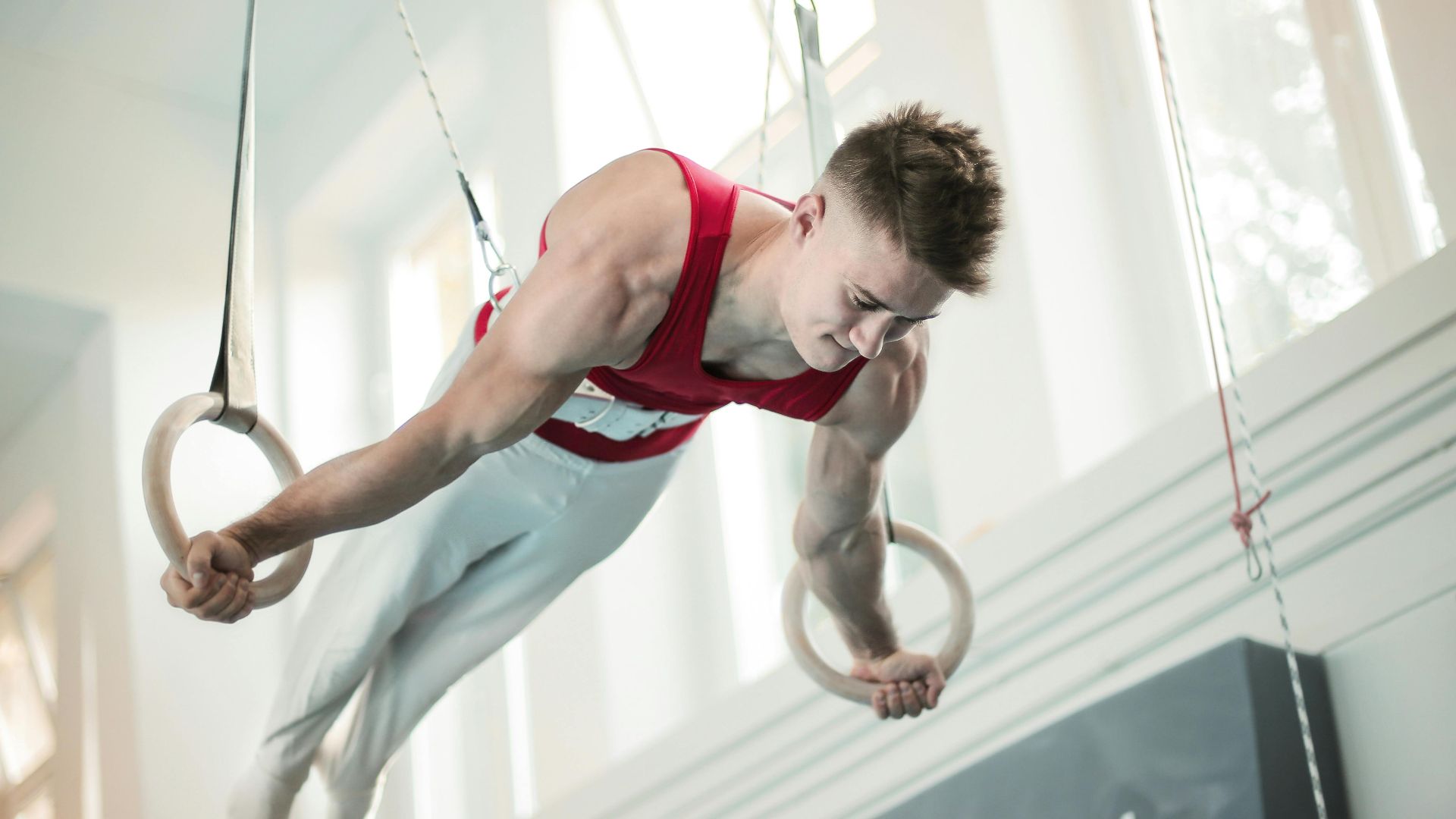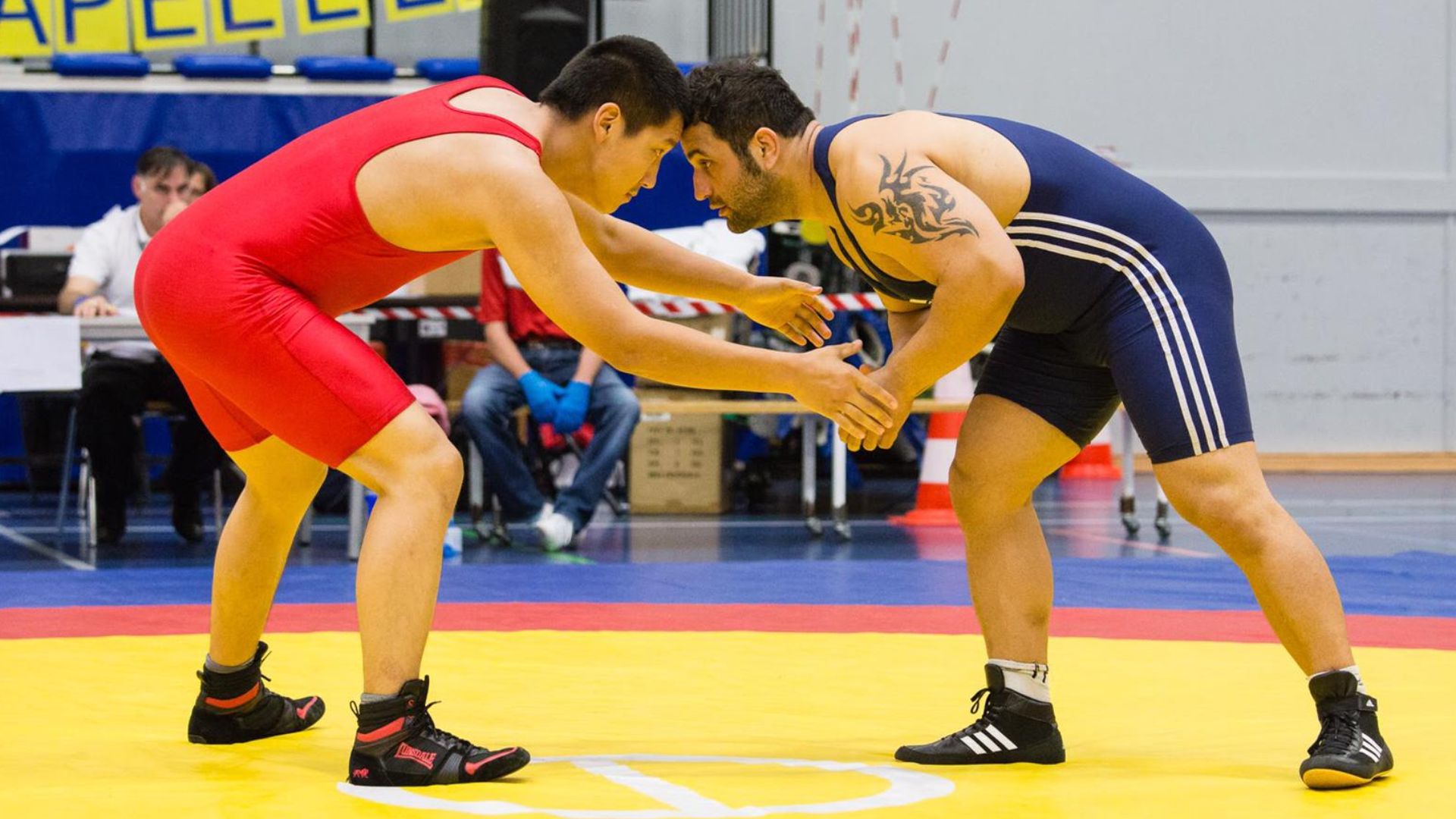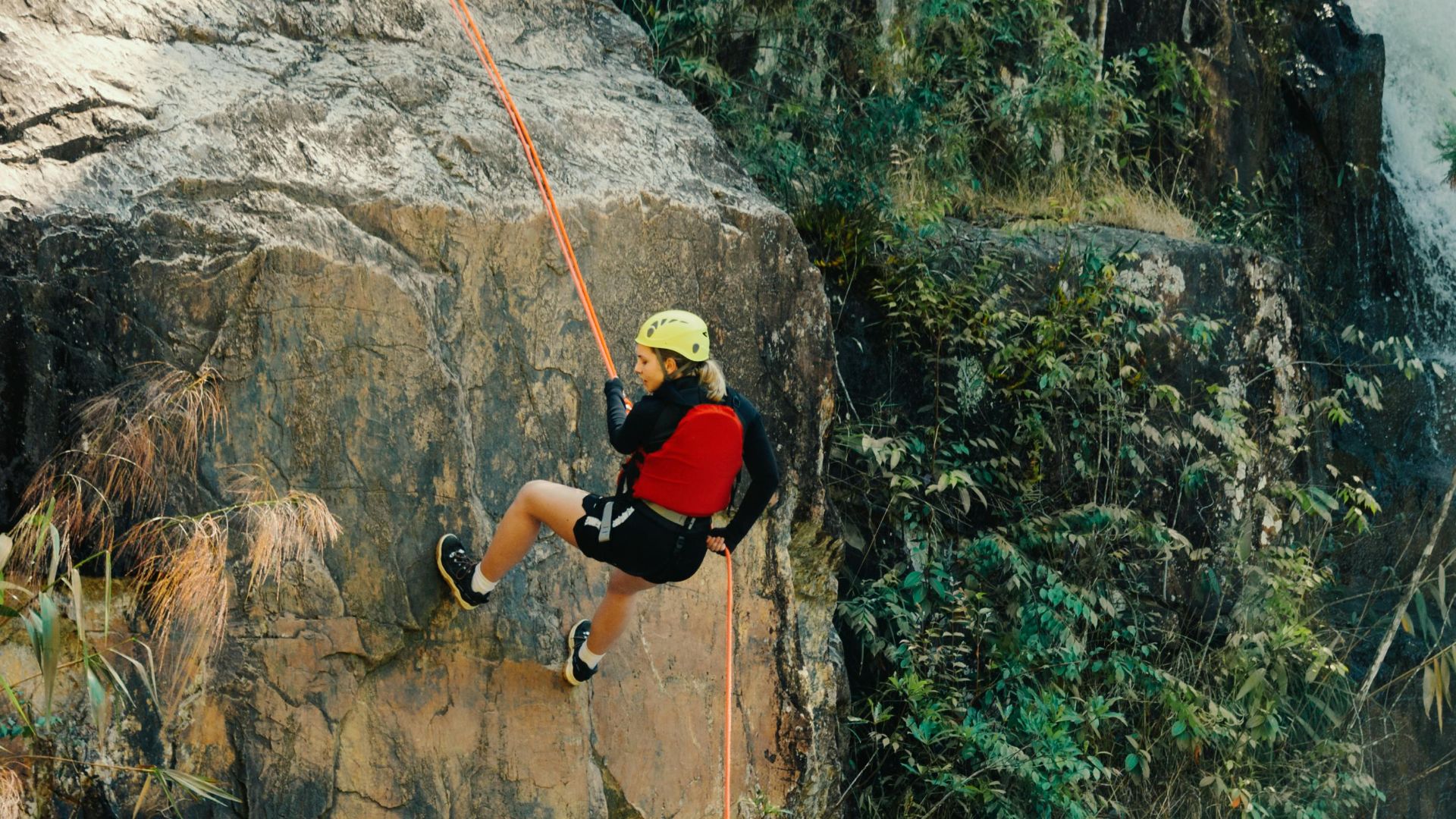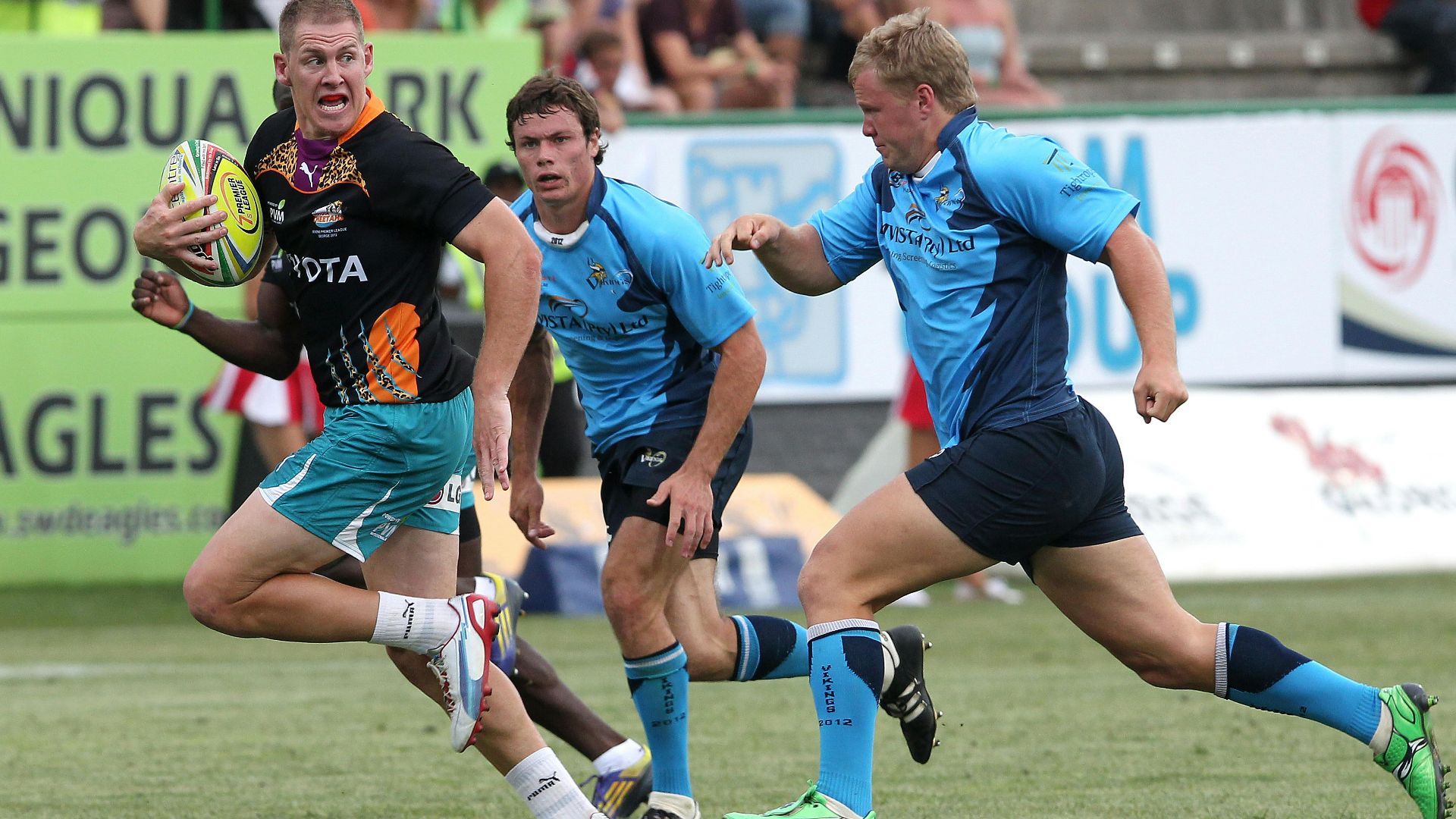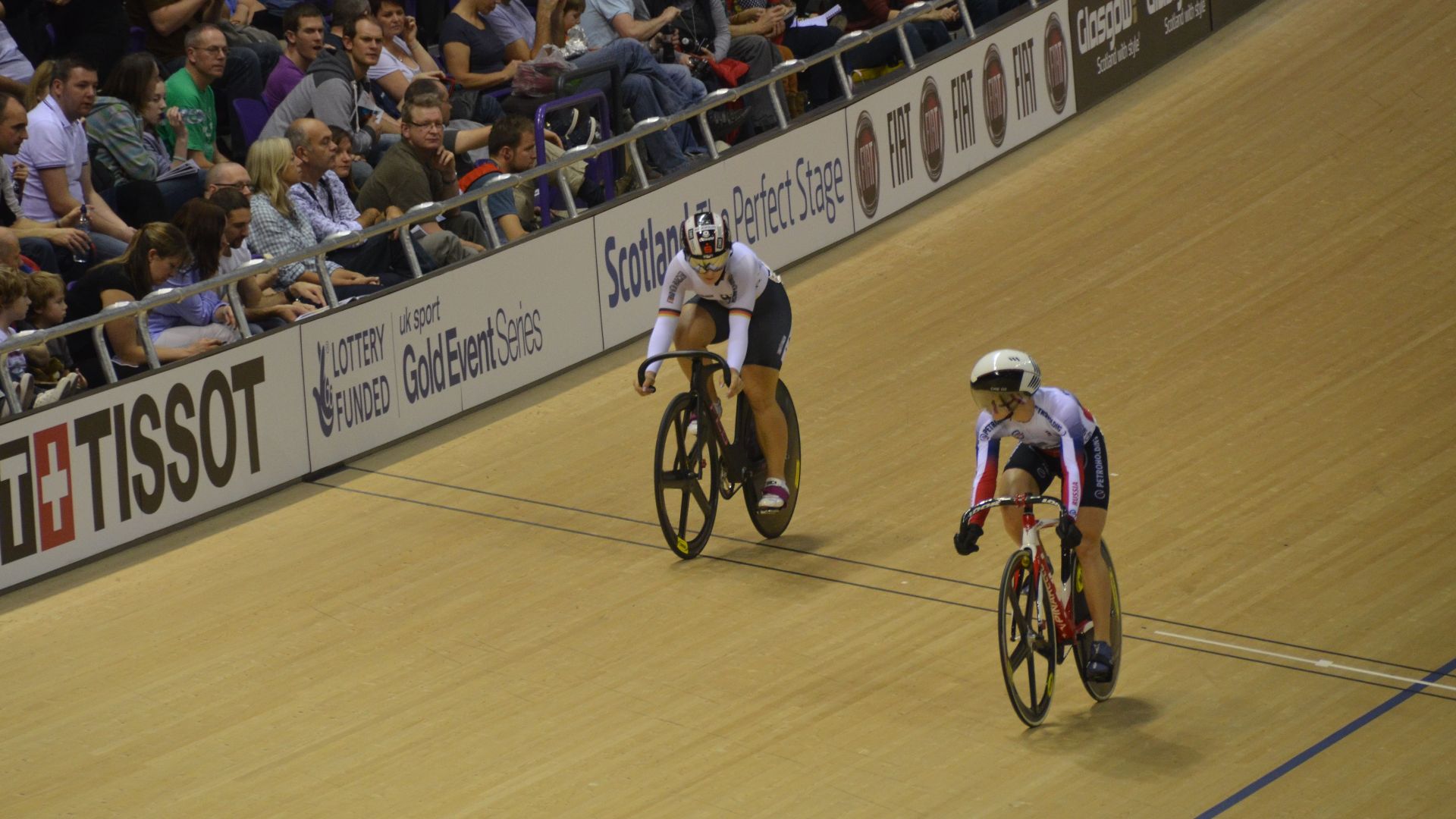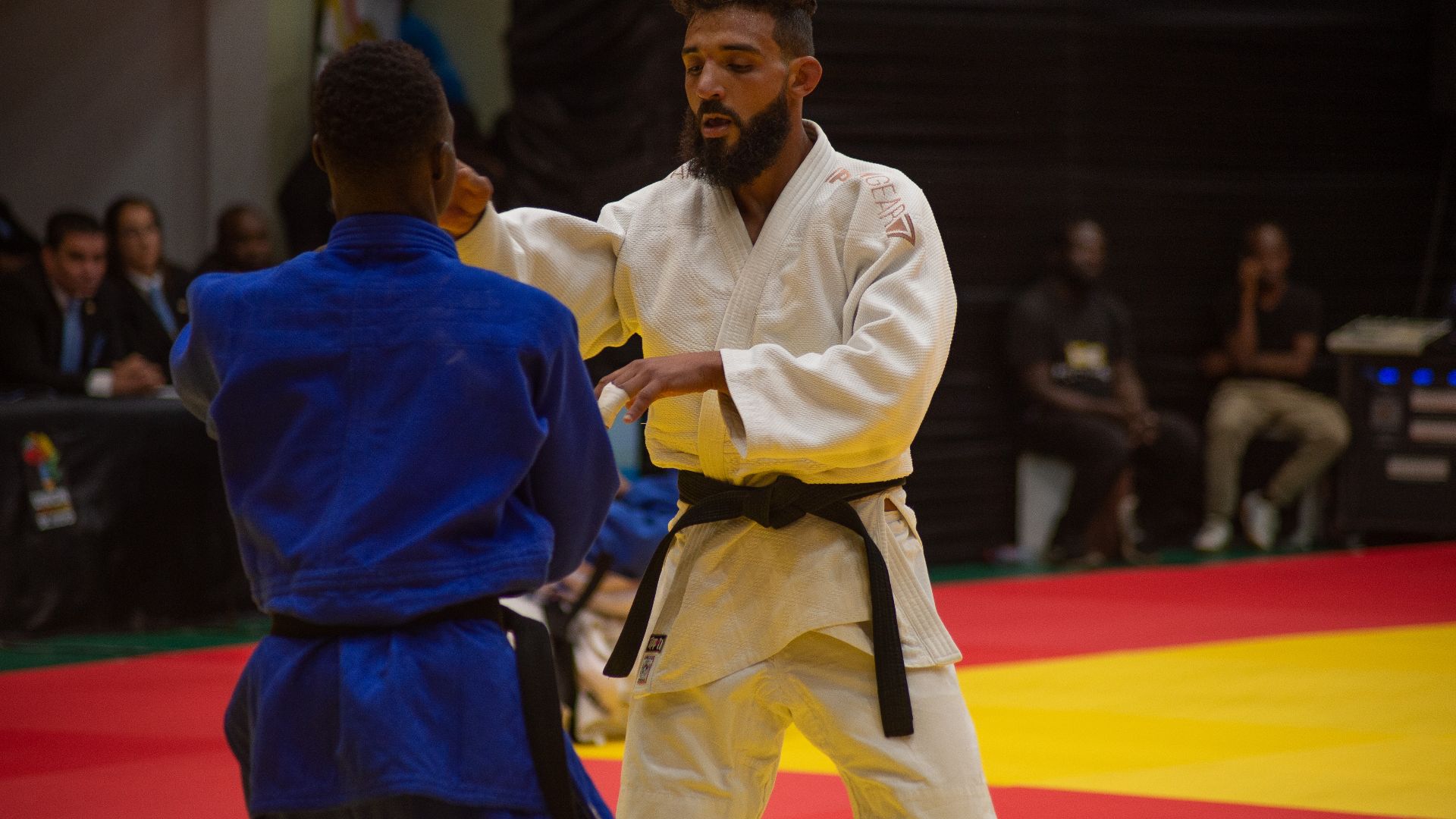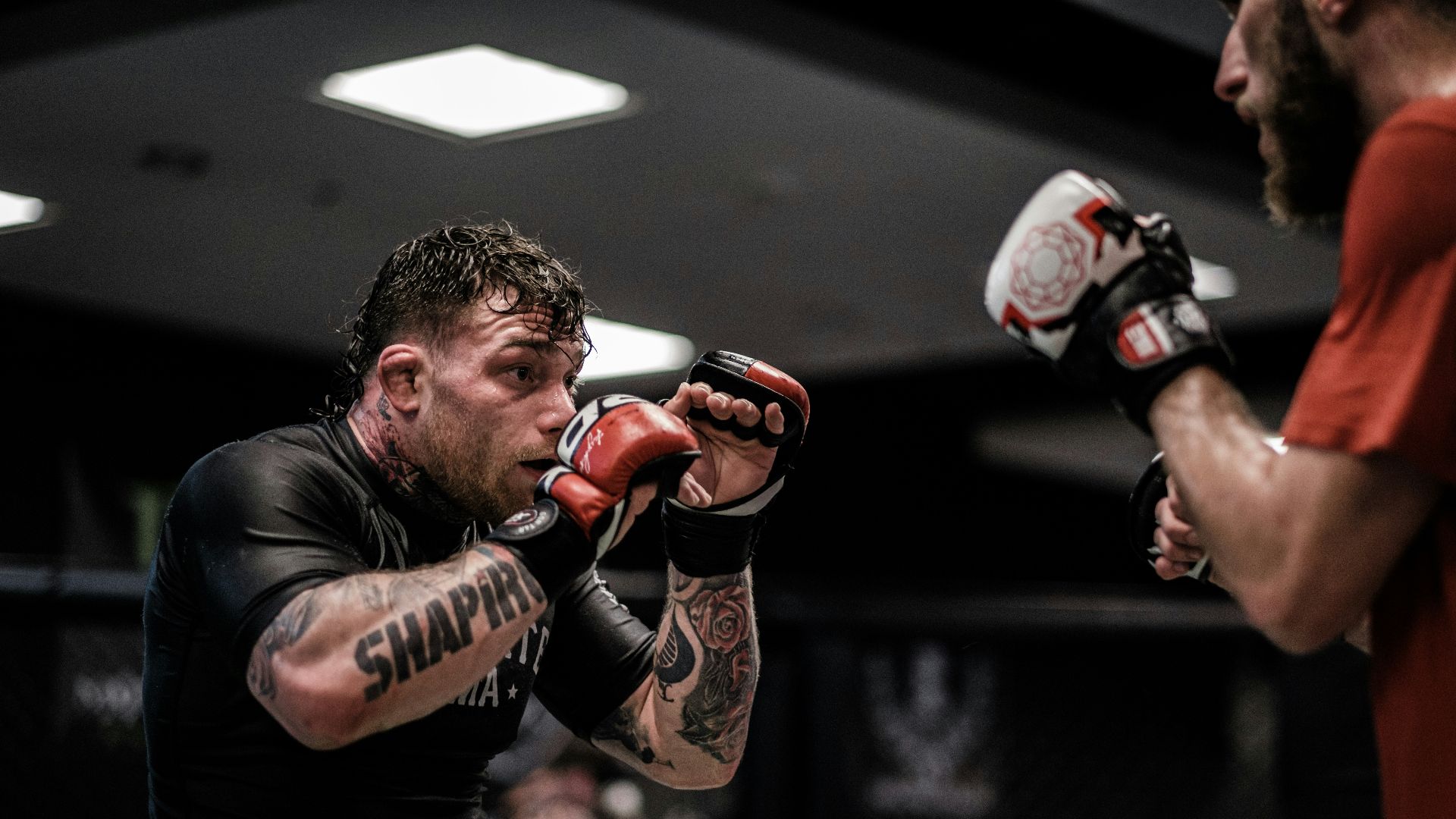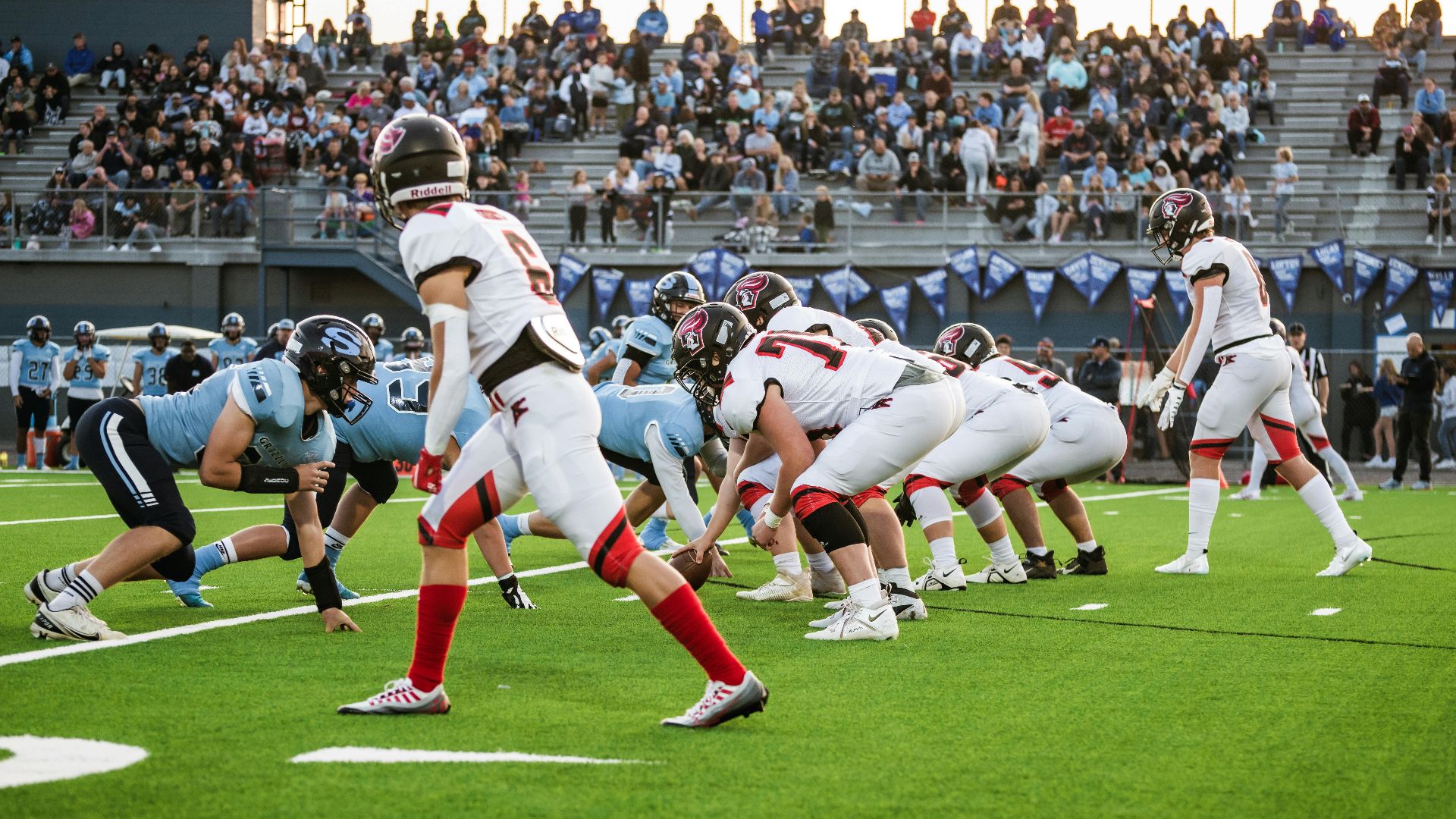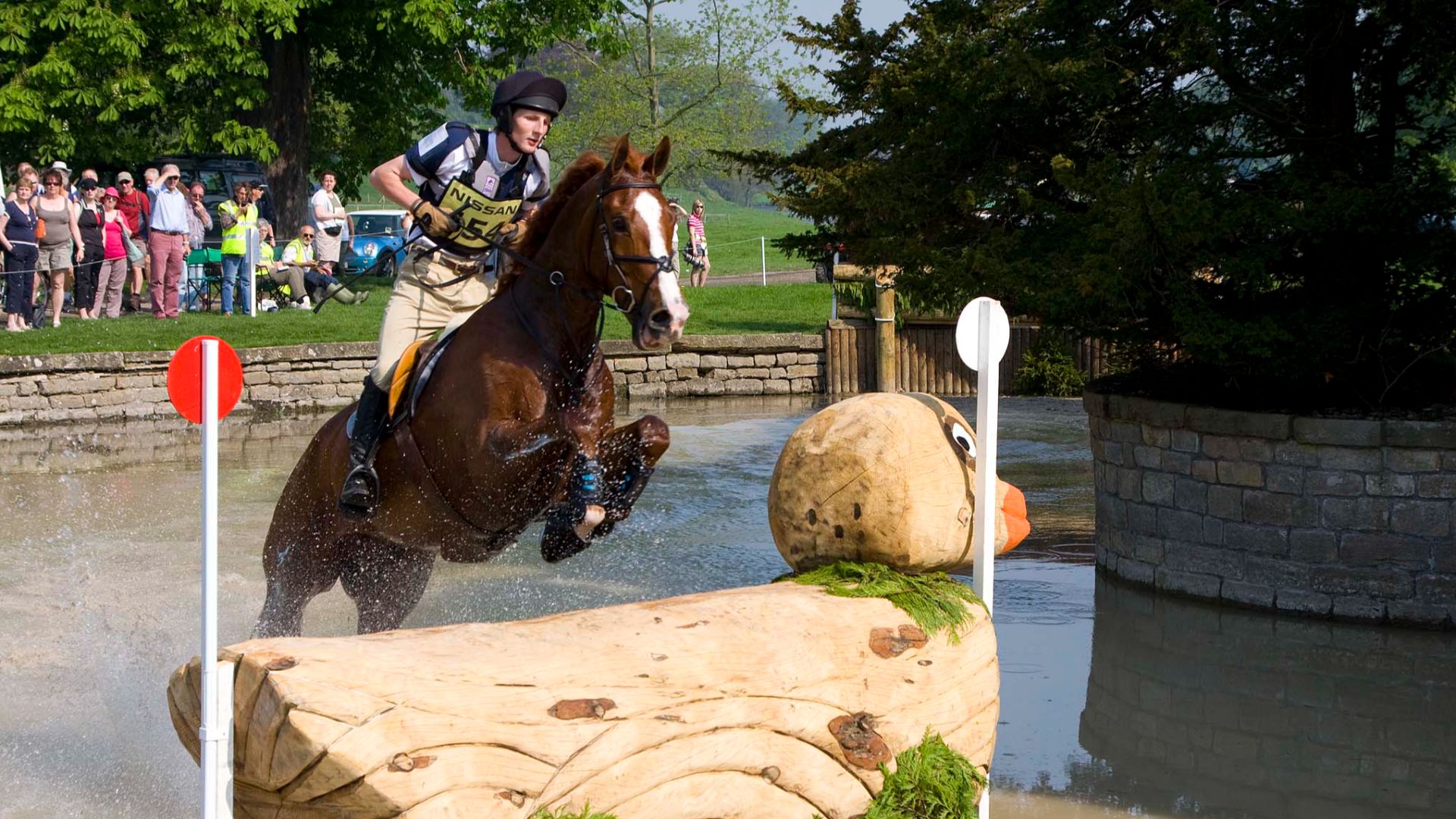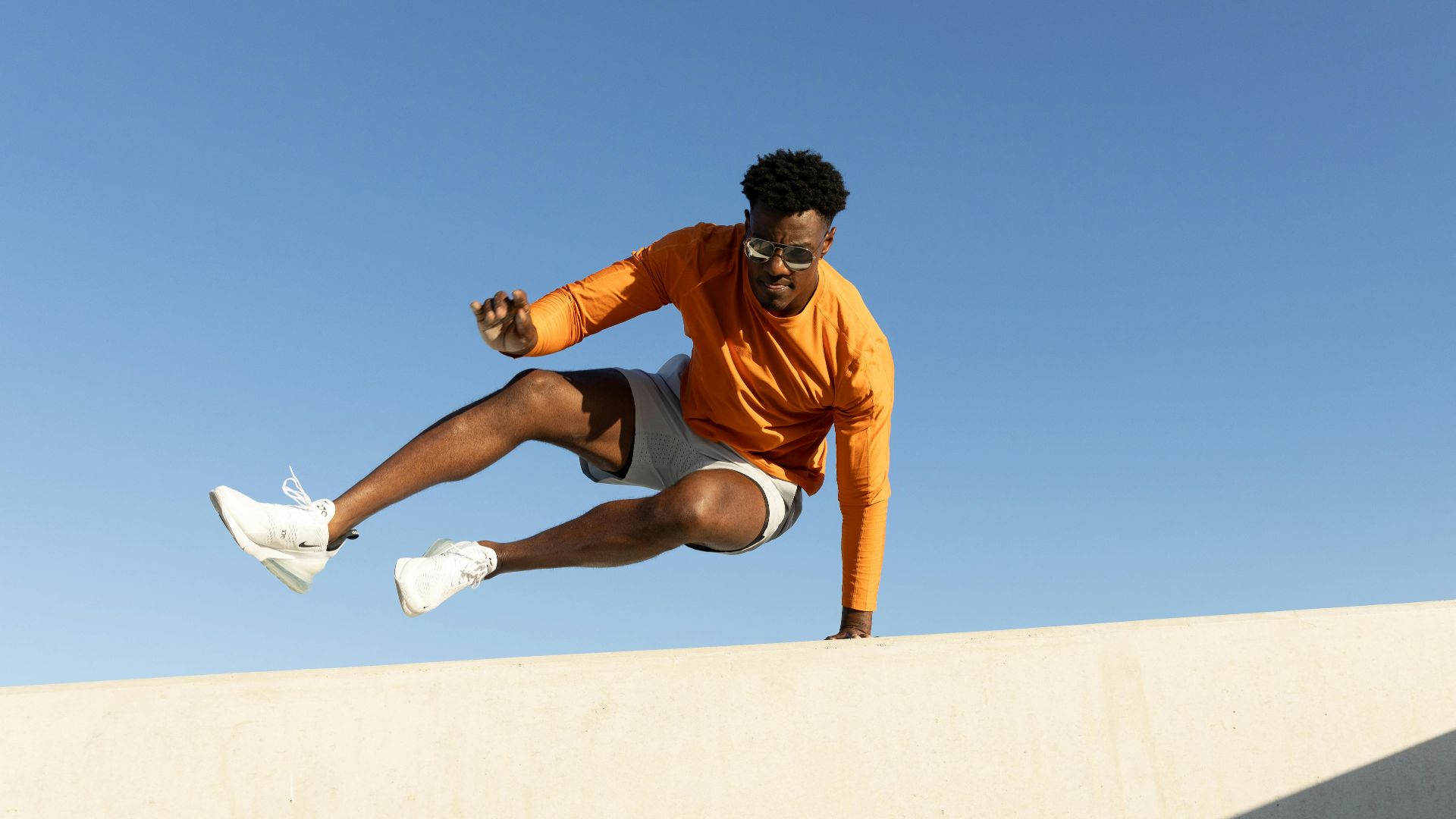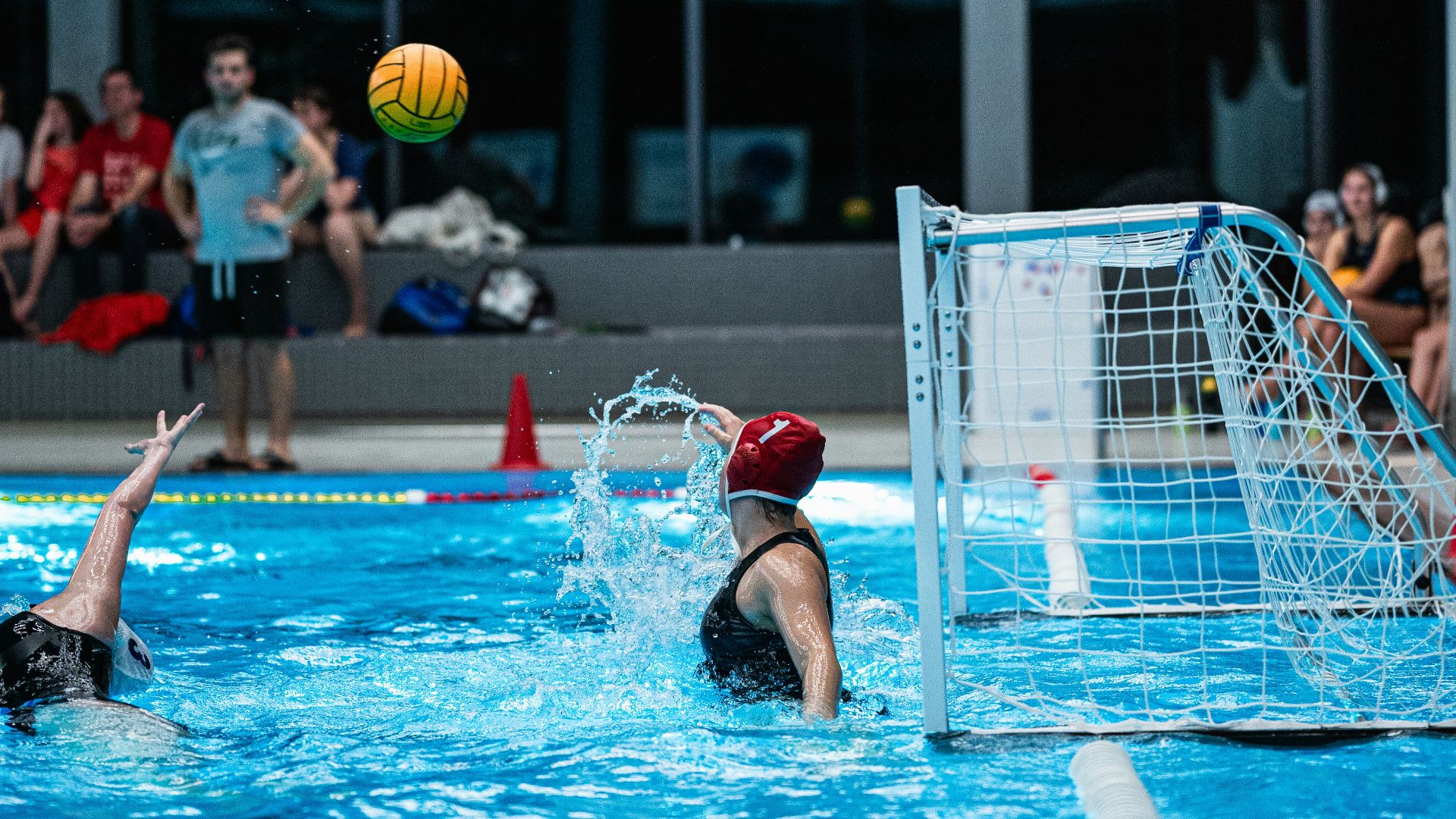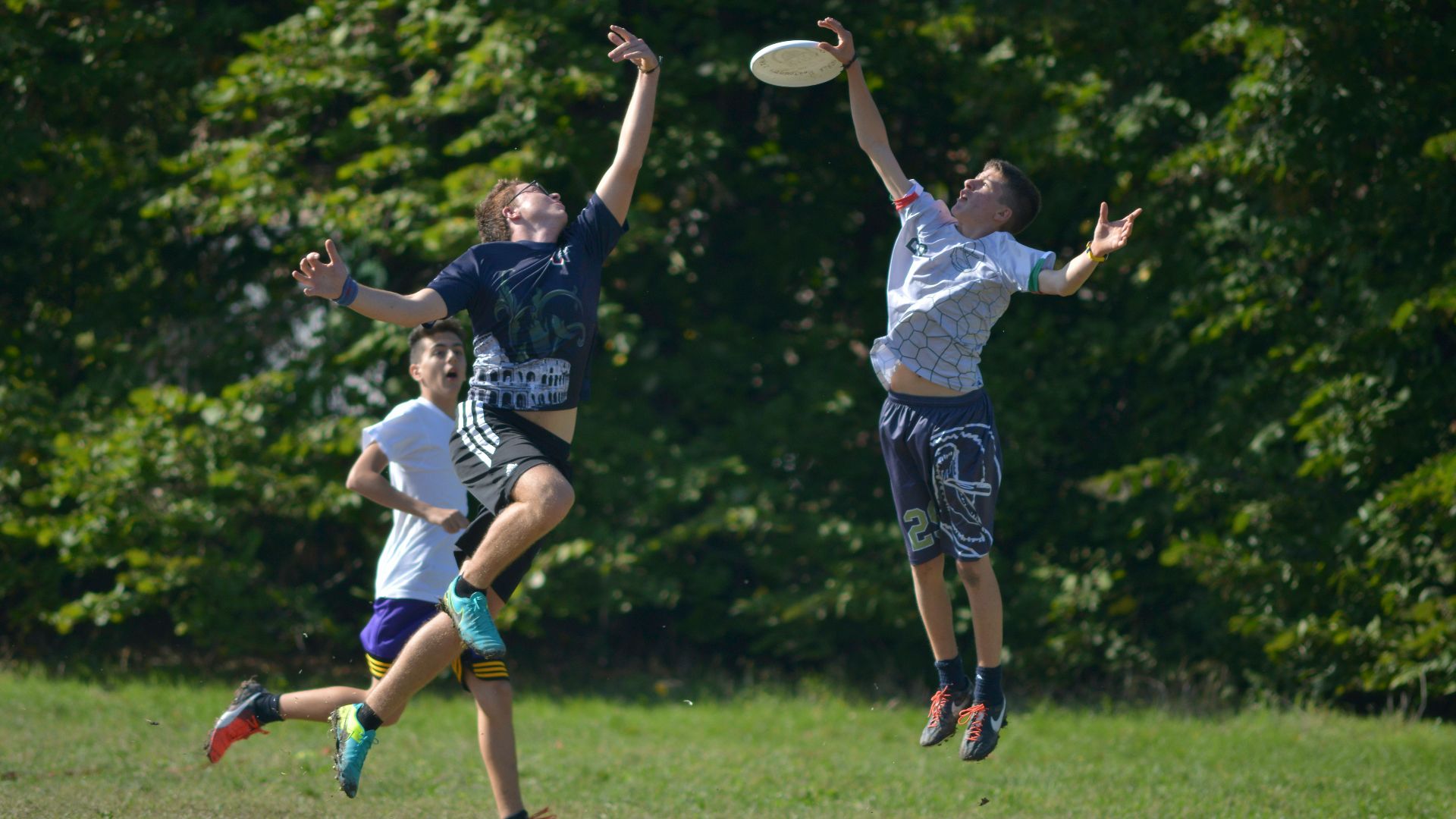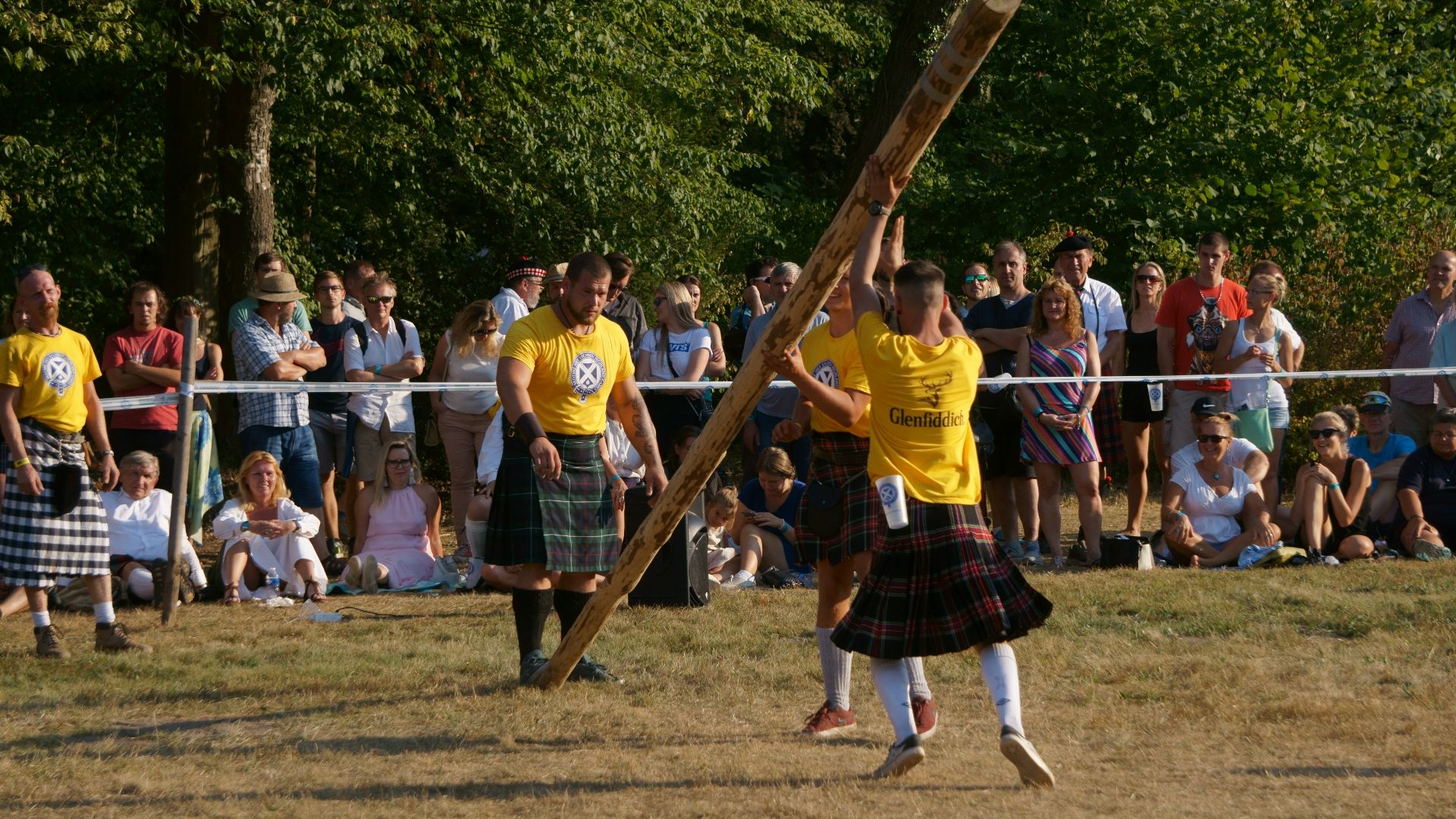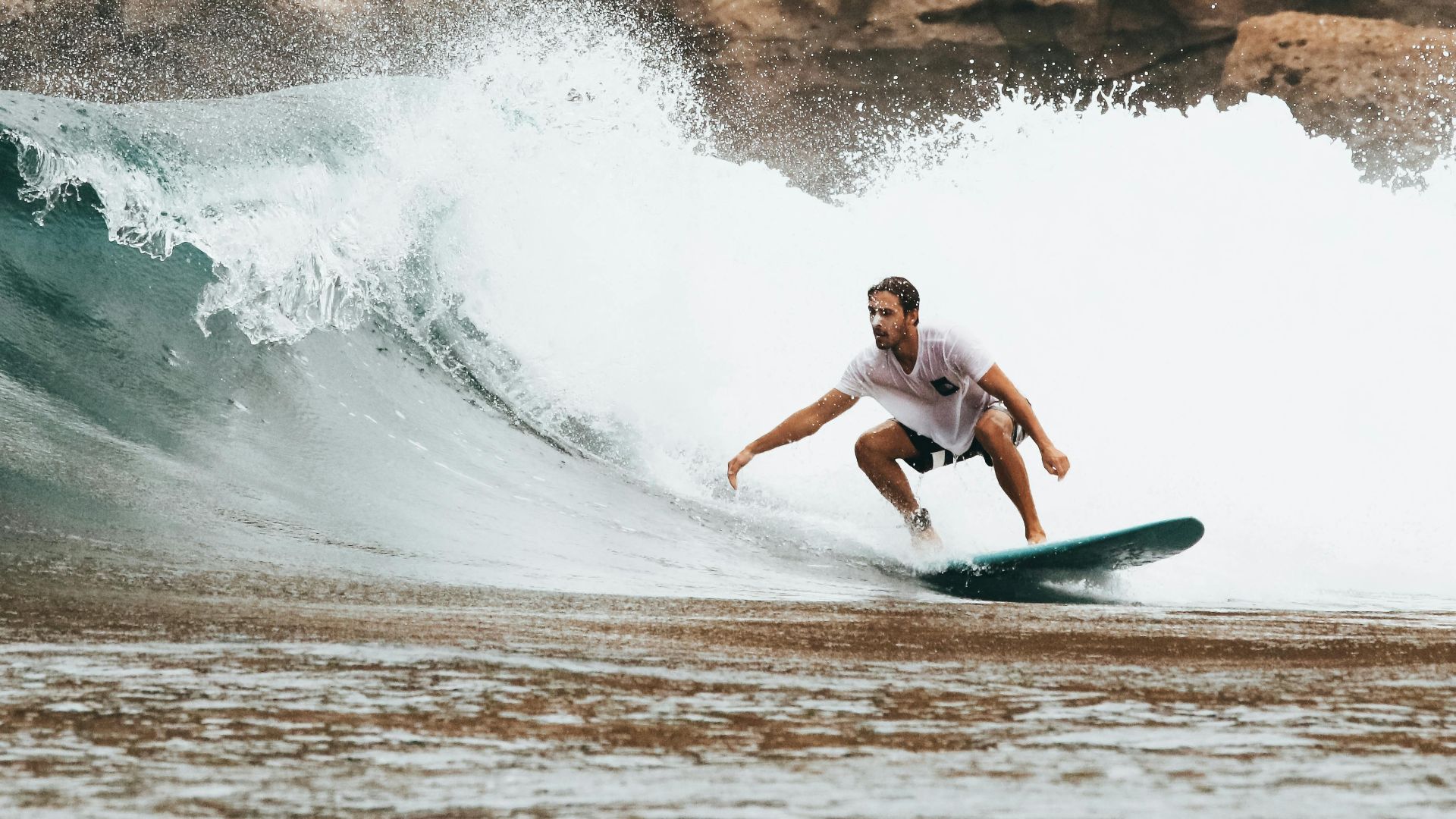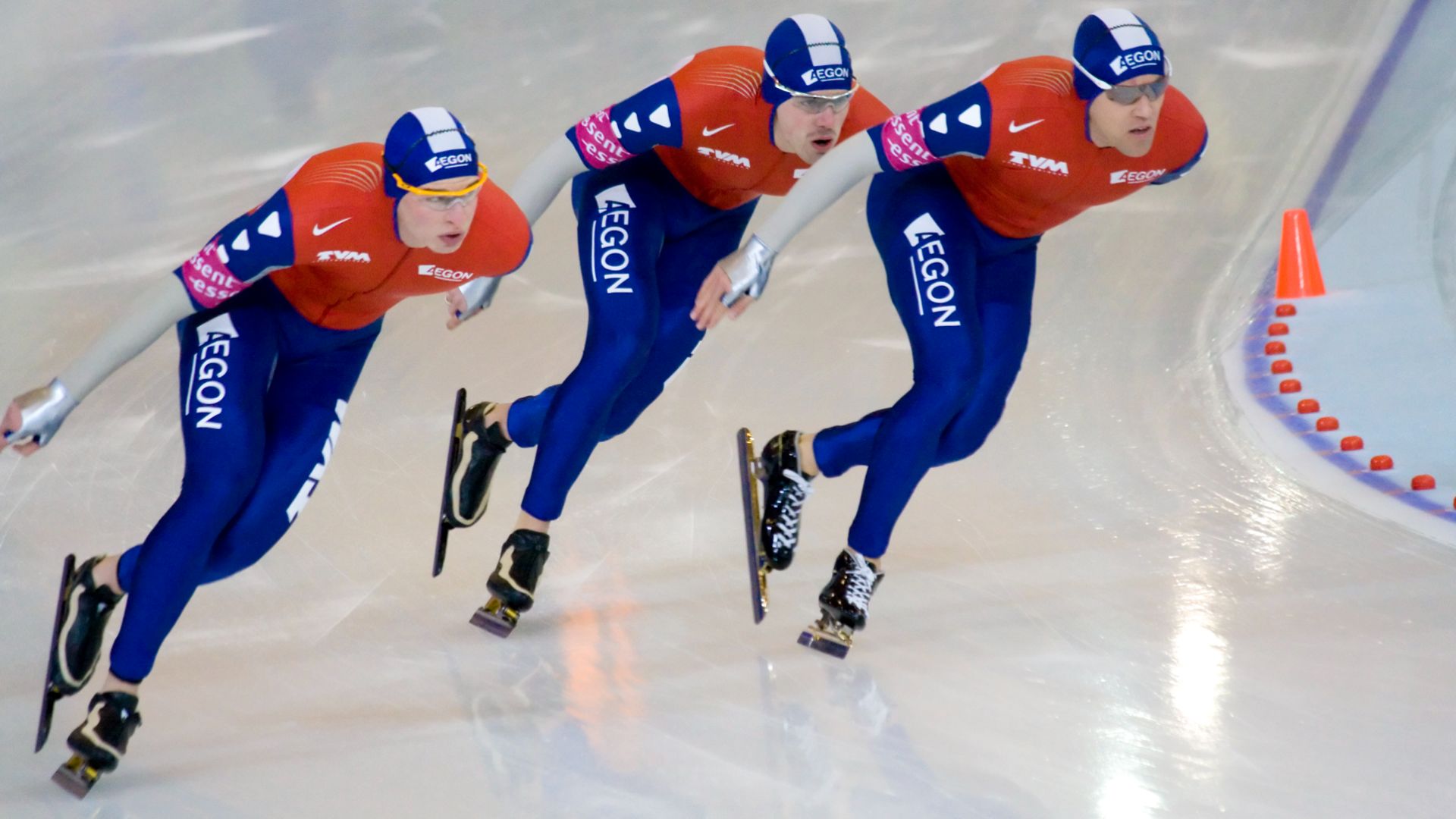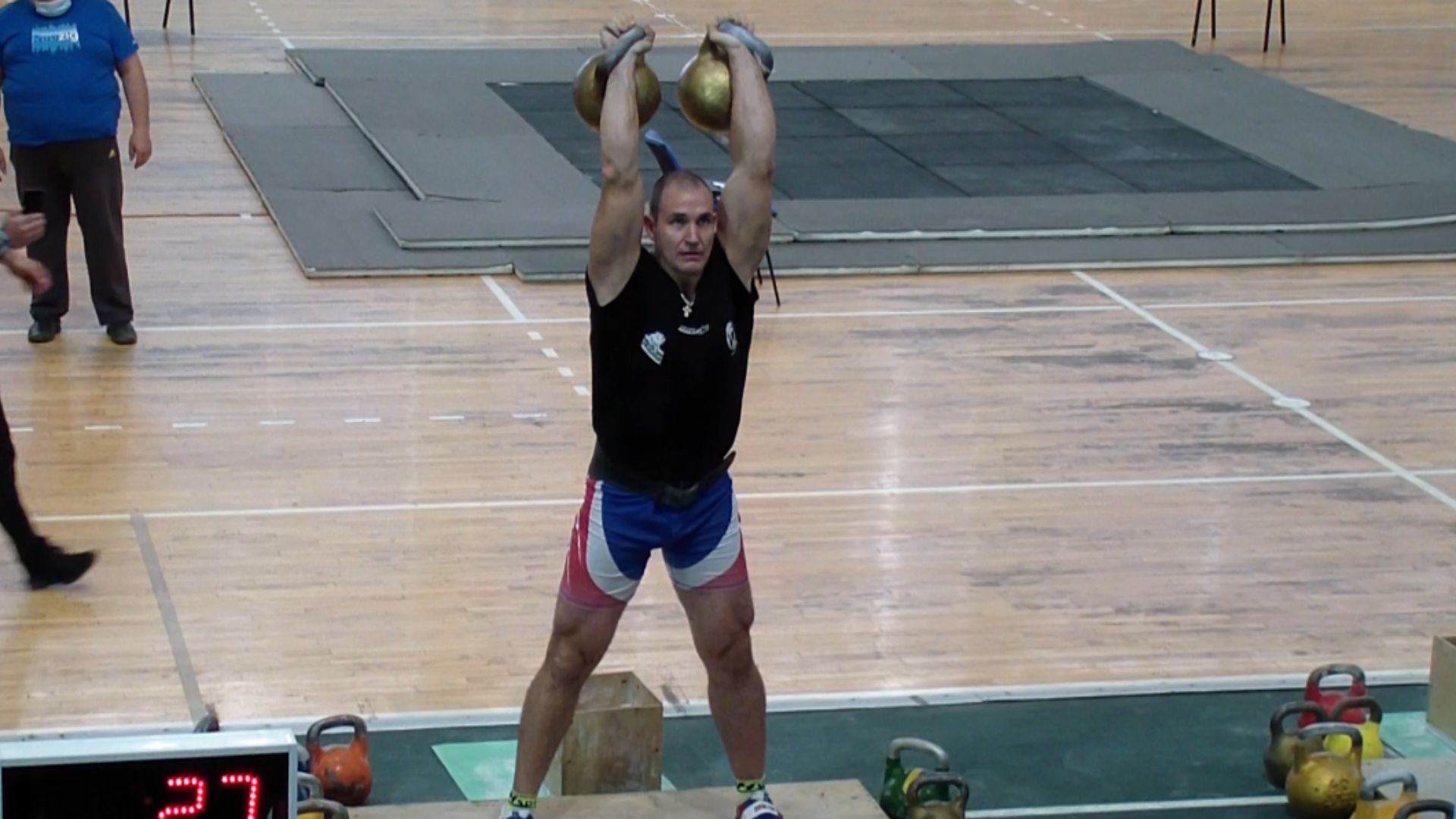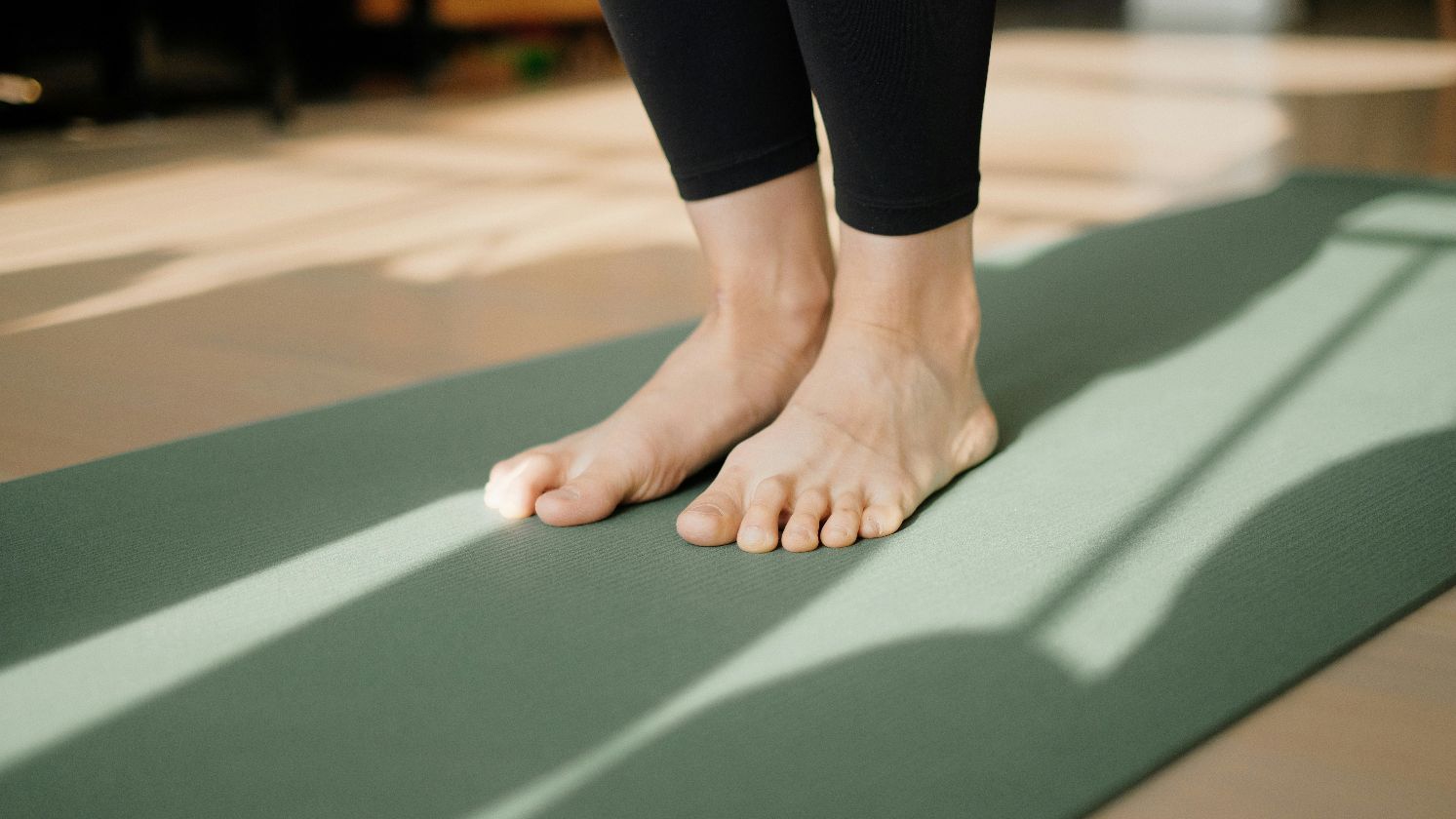Muscle Building Through Play
If the thought of another gym session makes you want to skip it entirely, maybe it's time to try a different approach. Sports give you that muscle-building workout without feeling like you're punishing yourself for an hour. And the best part is that you actually show up because it's fun, not because you're guilting yourself into it. Check out sports that'll get you strong while keeping you engaged and consistent.
1. Fencing
Every fencing session feels like a dance of strength and precision. Quick lunges and rapid reactions sculpt toned legs, steady the core, and strengthen the upper body. Beyond muscle and balance, the sport trains lightning-fast reflexes and mental focus for those intense one-on-one clashes.
2. Wrestling
Inside a wrestling ring, strength becomes survival. Grappling forces the arms and legs to work in constant tension. The sport rewards endurance as much as muscle mass by pushing athletes to sustain strength through full contact. This physical struggle builds sturdy, battle-tested power that lasts.
3. Rowing
There’s a calm strength hidden in rowing’s rhythm. Each pull moves from the legs to the back and ends in a smooth arm finish. The effort works nearly every muscle to create tone and stamina without the jarring strain of high-impact workouts.
4. Gymnastics
In gymnastics, muscle growth comes from mastering control. Supporting your weight on bars or rings demands constant core engagement and upper-body strength. Over time, this develops lean, dense muscle that supports balance and agility while improving posture and total-body stability.
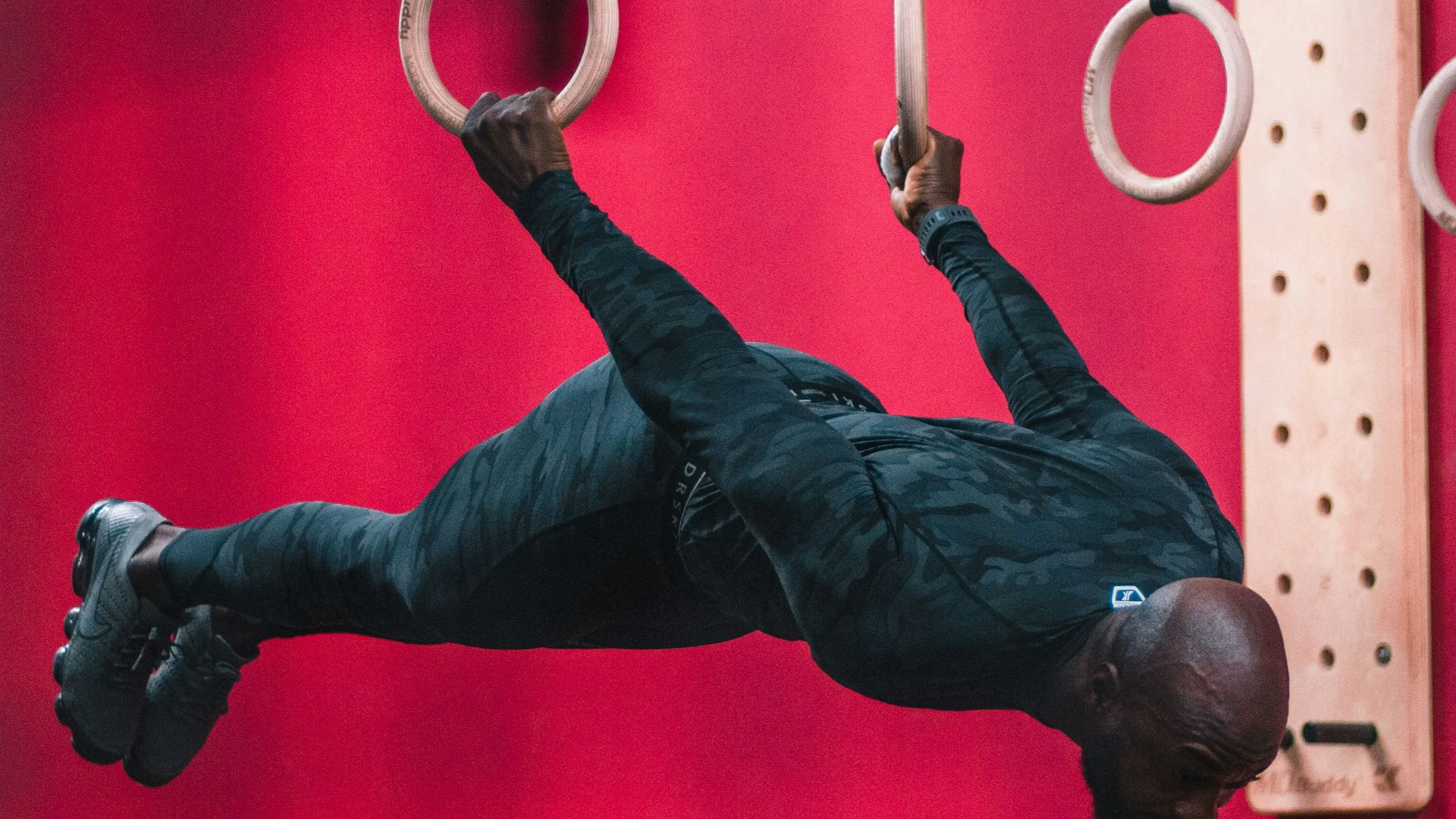 Tobias Nii Kwatei Quartey on Unsplash
Tobias Nii Kwatei Quartey on Unsplash
5. Rock Climbing
Grip strength rules in climbing. Muscles in the hands, forearms, and shoulders adapt as climbers pull and shift positions. The body tightens into efficient alignment, and each route develops new muscle control. It’s as much about balance and focus as it is about physical power.
6. Swimming (Sprint & Butterfly Focus)
Water resistance makes sprint swimming a true strength builder. The butterfly stroke especially pushes the chest and legs harder than land workouts. Controlled breathing and steady rhythm amplify muscle tone, while the low-impact motion keeps joints healthy as the body grows stronger through resistance alone.
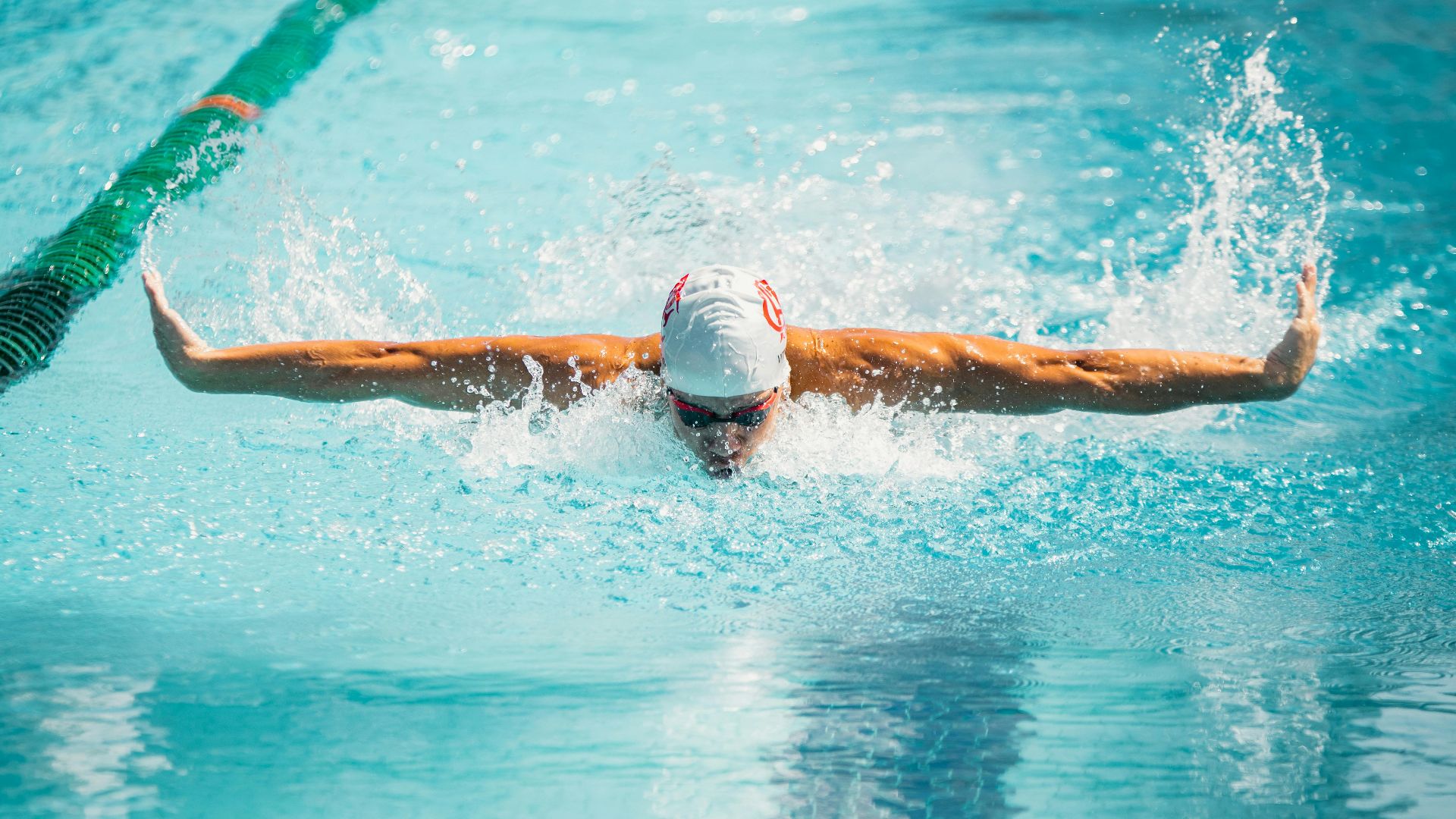 Paulo Guilherme Mouta on Pexels
Paulo Guilherme Mouta on Pexels
7. Rugby
Power hits the ground first in rugby. Tackles and scrums call for heavy lower-body drive as upper strength holds the line. Players train to absorb and deliver force safely and gain muscle from repetitive high-contact drills.
8. Track Cycling (Sprint Events)
Every pedal stroke in sprint cycling demands maximum leg power. These brief, intense efforts develop serious strength in the lower body. Riders learn to control their pace through powerful muscle contractions that maintain momentum.
9. Judo
Judo builds strength with a purpose. Practitioners develop powerful grips and leg drive to execute throws successfully. Constant training sharpens muscles to respond quickly during matches. The sport creates balanced strength that moves efficiently rather than just adding bulk.
10. Mixed Martial Arts (MMA)
Training for MMA turns the body into a weapon of balance and control. Fighters drill through striking and defensive moves that strengthen muscles under constant pressure. The mix of combat styles creates dense, reactive power that supports agility through relentless rounds of motion.
11. American Football (Linebacker/Running Back Roles)
Linebackers build muscle through constant impact. Tackling and sprinting create explosive power in the legs and shoulders. Resistance training adds stability for sudden directional changes. These quick bursts develop fast-twitch muscle fibers that maintain strength throughout the game.
12. Horseback Riding (Eventing & Dressage)
Controlling a horse requires more than balance—it builds leg, core, and back strength through constant stabilization. Eventing adds jumps and terrain shifts, and dressage develops refined muscle control through precise posture and subtle cues.
13. Parkour
Training in parkour means learning to move efficiently through any environment. Repetition teaches timing, precision, and awareness. The physical demands develop lean muscle and strong joints to create athletes capable of adapting smoothly to shifting terrain and unpredictable challenges.
14. Water Polo
In water polo, players sustain constant motion while sprinting, throwing, and defending. Shoulders and legs tighten through every pass. This aquatic game builds athletic strength that thrives on control rather than brute effort.
15. Ultimate Frisbee
This fast-paced team sport combines sprinting, jumping, and directional changes. Players build lean muscle in legs and shoulders through repeated explosive movements, and constant motion improves endurance and functional strength across the body.
16. Highland Games
The Highland Games celebrate traditional strength with a distinct Scottish flair. Challenges such as the caber toss and hammer throw demand both precise timing and raw power. Athletes build total-body strength by learning to handle heavy implements with control and stability.
17. Powerlifting
In powerlifting, precision meets intensity. The squat, bench press, and deadlift measure maximum strength under pressure. Training focuses on technique and progressive load, shaping solid muscle through repetition. Every lift builds control and confidence, translating power into performance over time.
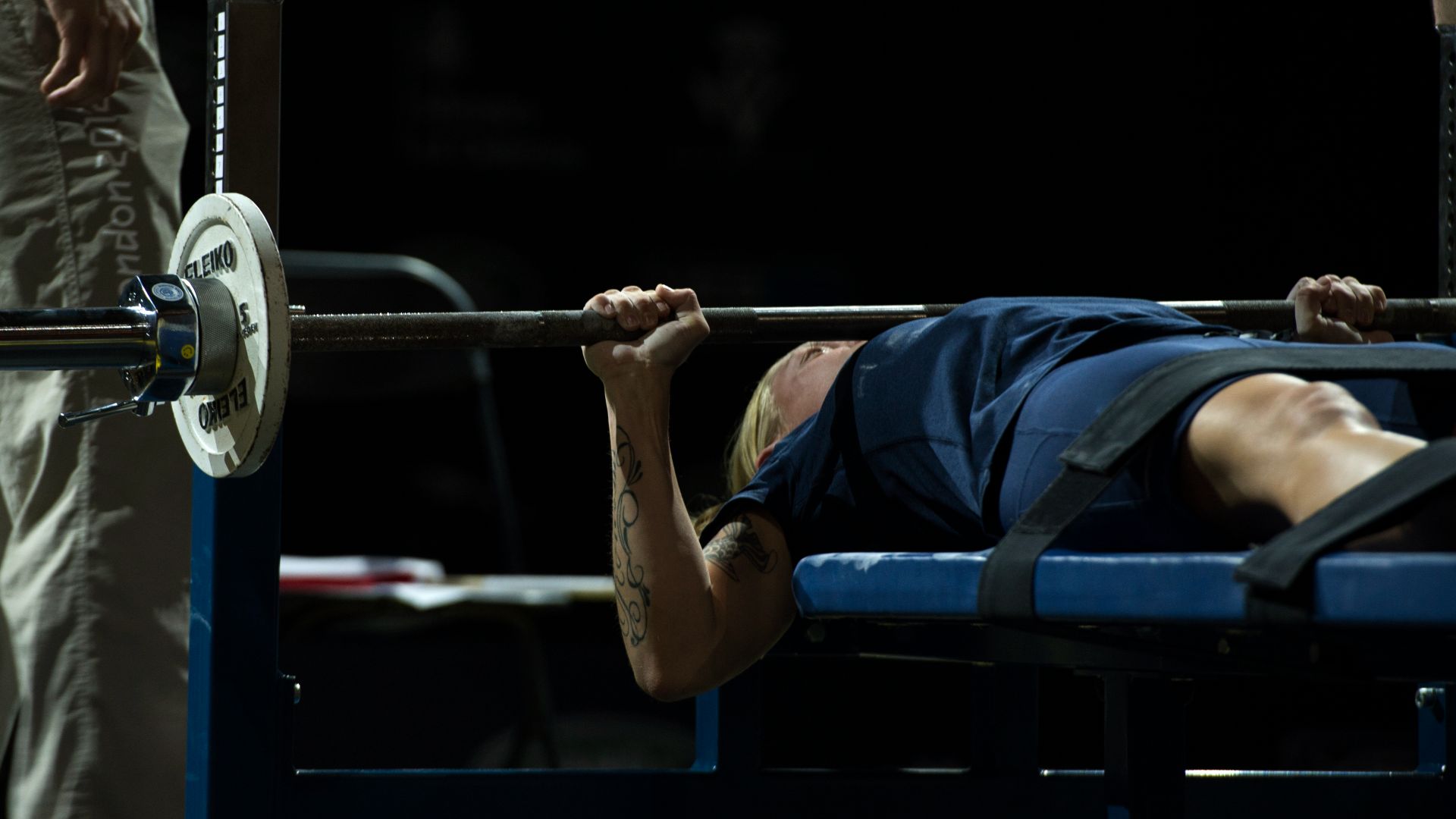 Senior Airman Tiffany DeNault on Wikimedia
Senior Airman Tiffany DeNault on Wikimedia
18. Surfing
Surfing builds serious strength without feeling like a workout. Paddling sculpts your shoulders and back, and popping up and balancing on waves fires up your core and legs. It’s a full-body challenge wrapped in sun, saltwater, and pure adrenaline.
19. Speed Skating
The rhythm of speed skating lies in power and glide. Skaters build muscular strength through low stances and controlled leg pushes. This continuous tension develops the glutes and thighs while improving balance on ice.
20. Kettlebell Sport (Girevoy)
Power in kettlebell sport comes from patience and rhythm. Continuous lifts condition the muscles and lungs together and demand precision under fatigue. The workout blends technique with endurance to create athletes who can sustain strength instead of just showing bursts of it.
KEEP ON READING



